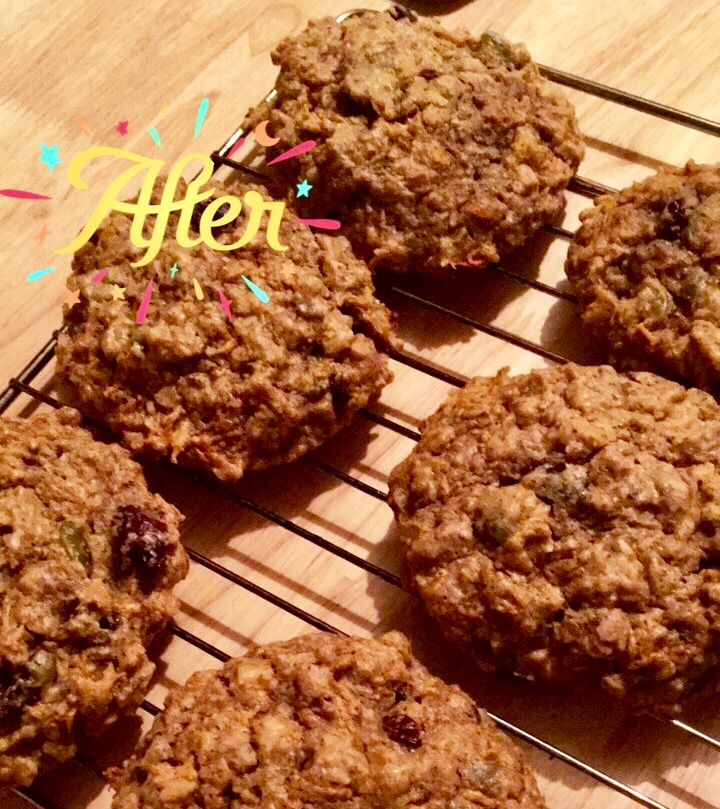More and more digestive patients of mine tell me that it has been suggested they go on a low-FODMAP diet (easily fermentable foods) to help/cure their IBS symptoms. Sometimes they are even told to stay on it longterm despite not seeing a big benefit. Unfortunately this is not the best suggestion and can actually cause some long-term side effects leading to worse digestive issues. Only a few digestive condition warrant a low-FODMAP diet, including something called SIBO, small intestinal bacterial overgrowth, and only for a short amount of time. To simplify, SIBO basically means that bacteria have ascending up from the large intestine into the small intestine where they are not supposed to be and cause symptoms such as diarrhea or constipation, bloating, gas, and pain. Yes, many patients with IBS do have SIBO, however it is important to accurately test and properly treat, instead of staying on a restricted diet long-term. We want to treat the root cause, not just decrease symptoms.
A low-FODMAP diet keeps symptoms of SIBO under control simply by starving the bacteria in your small intestines. When they don’t have food, they aren’t able to ferment that food and produce unwanted gas. It doesn’t always solve the problem however. Longterm, this can starve the bacteria in your large intestines that have a beneficial role in our gut and overall health as well as potentially set patients up for reoccurrence of SIBO. Studies have shown that a long-term low-FODMAP diet can reduce the diversity and quality of beneficial bacteria in the large intestine.
Yes this diet can reduce symptoms IF you have IBS/SIBO, however dietary changes alone are often not enough to treat. We want to actually eliminate the bacteria vs starve them into a dormant state. A low FODMAP diet (or similar low carbohydrate diet) is only one portion of my SIBO protocol and should only be used for about 6-8 weeks in the final phase, or short term at the beginning to lessen symptoms. As mentioned, my main goal is to eliminate the unwanted microbes with antimicrobials. This phase does not happen for long as well, only about 6-8 weeks typically.
In the long term, we want to eat FODMAP foods to feed the beneficial bacteria in the large intestines. We also want to keep our diet as diverse as possible to allow greater nutrient density and get a wider variety of nutrients.
My last point is that SIBO is often a symptom of a deeper digestive problem, therefore after properly treating this condition we then address the root cause, which could be low stomach acid, gallbladder issues, intestinal motility issues, scar tissue, stress and so on.
Therefore if you have been advised to start a low FODMAP diet, or have been on it for even a few months already, please consider seeing a Naturopathic Doctor like me to consult on whether this is the right treatment path for you, to get tested for SIBO, or to help get to the root cause of your digestive concerns.
Any questions? I'm happy to help!
In health & happiness,
Dr. Karen






